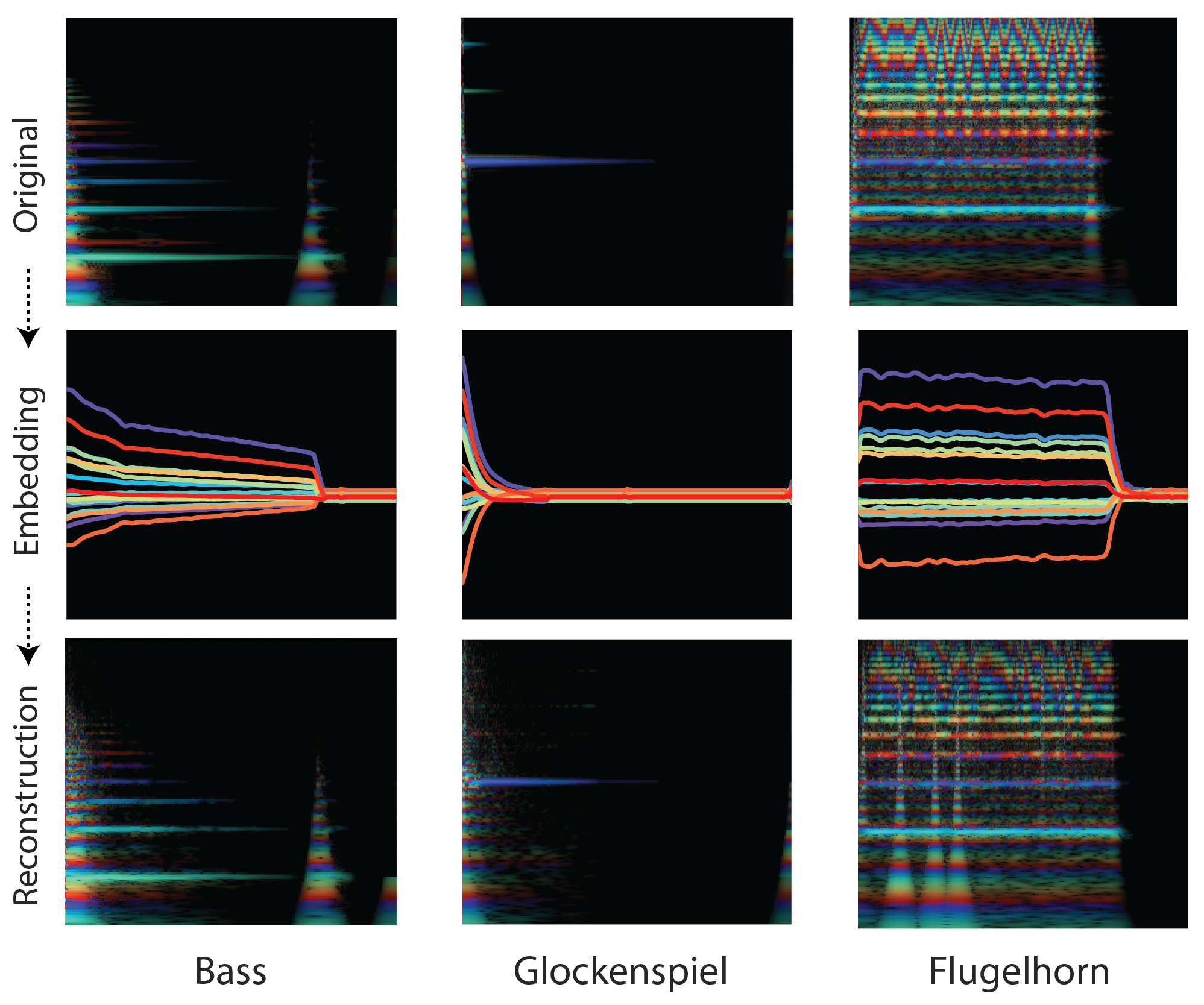^Cope’s Emmy Bach style prelude.
David Copeis an American author, composer, scientist, and former professor of music at the University of California, Santa Cruz. His primary area of research involves artificial intelligence and music; he writes programs and algorithms that can analyse existing music and create new compositions in the style of the original input music. His EMI (Experiments in Musical Intelligence) software has produced works in the style of various composers, some of which have been commercially recorded (Cockrell 2001)—ranging from short pieces to full length operas. As a composer, Cope’s own work has encompassed a variety of styles—from the traditional to the avant-garde—and techniques, such as unconventional manners of playing, experimental musical instrument, and microtonal scales, including a 33-note system of just intonation he developed himself (Cockrell 2001). Most recently, all of his original compositions have been written in collaboration with the computer—based on an input of his earlier works. He seeks a synergy between composer creativity and computer algorithm as his principal creative direction
![[OLD FALL 2017] 15-104 • Introduction to Computing for Creative Practice](https://courses.ideate.cmu.edu/15-104/f2017/wp-content/uploads/2020/08/stop-banner.png)
